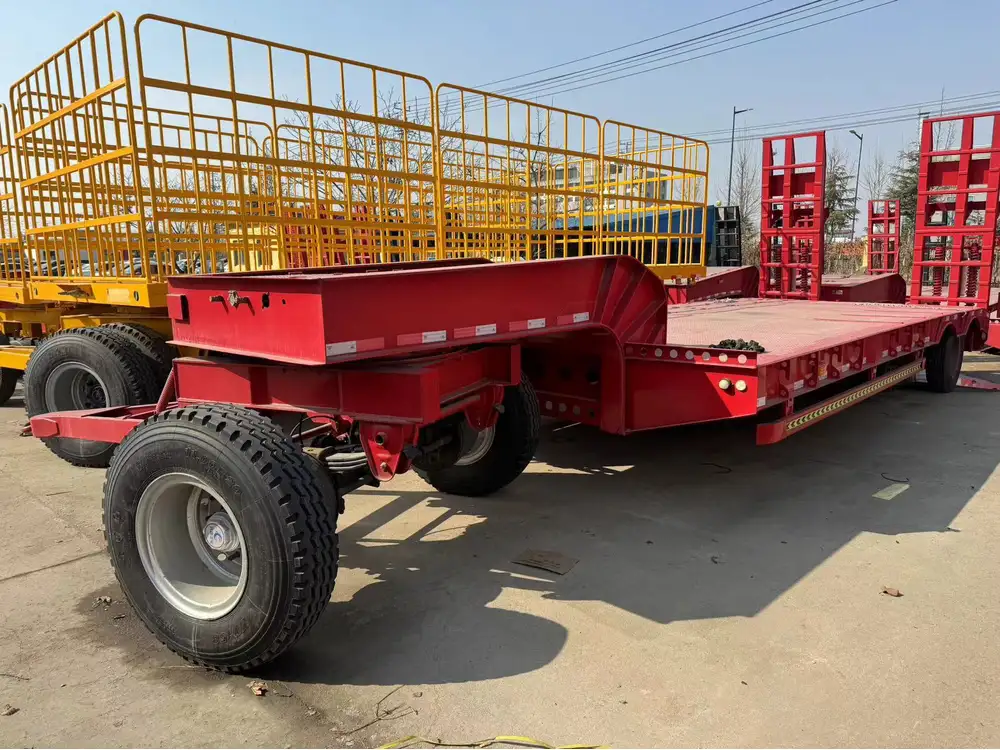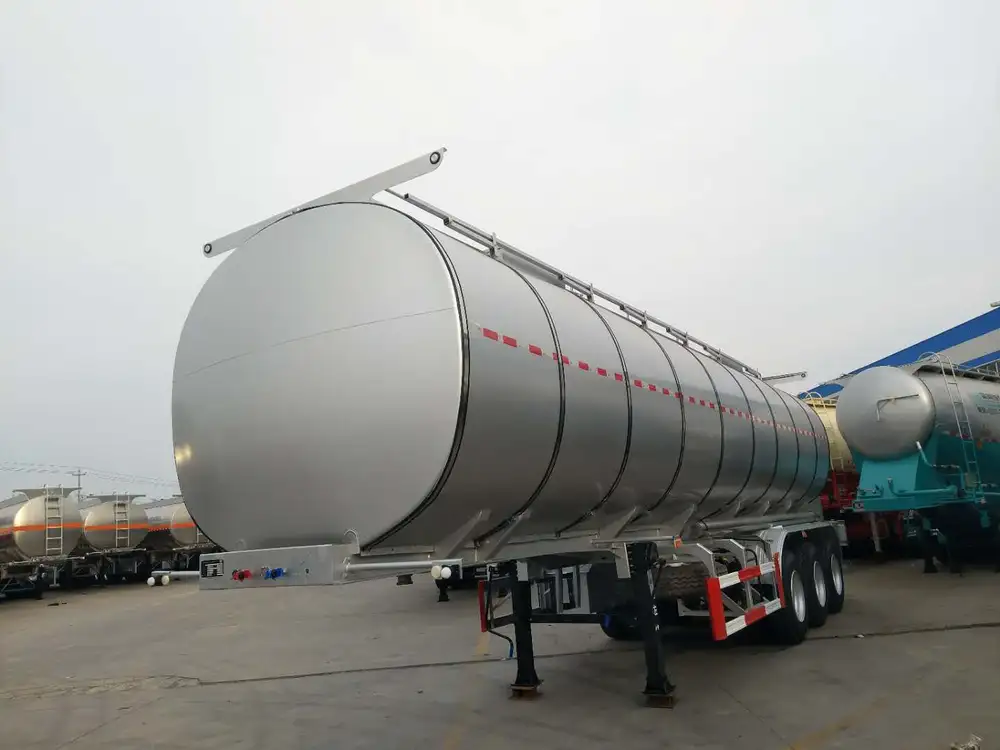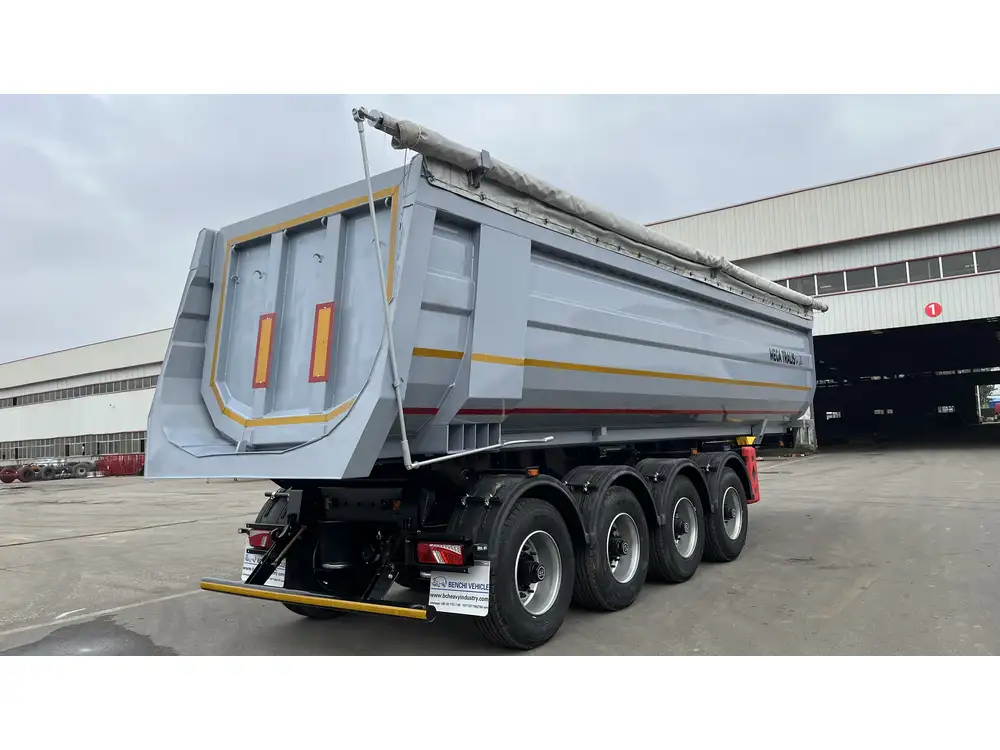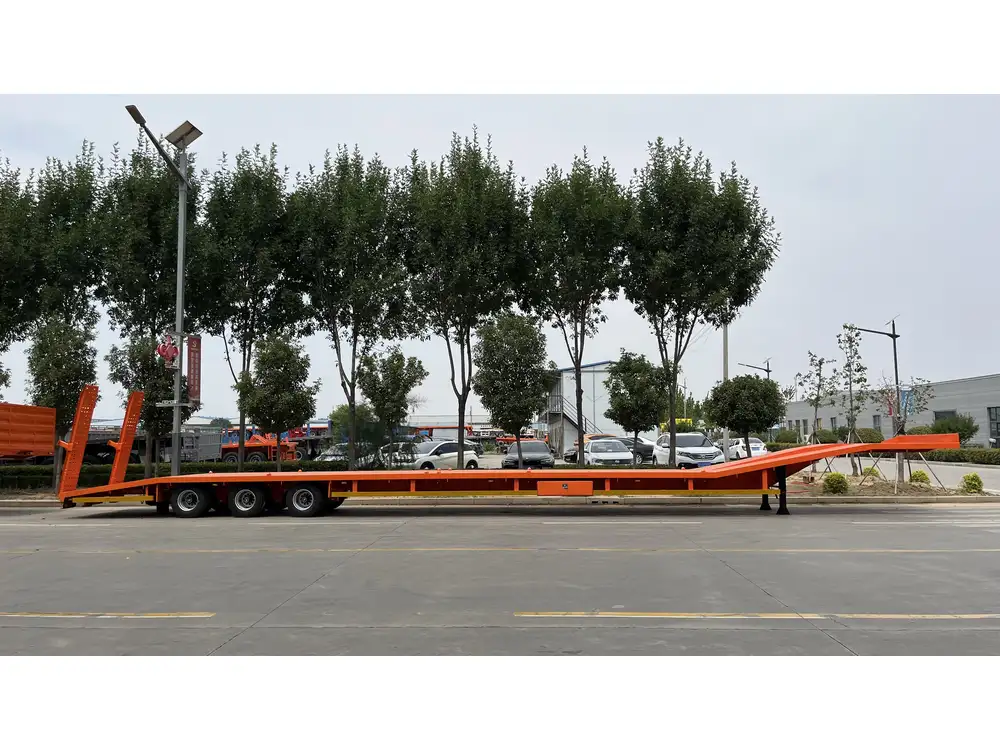When managing the complexities of transporting goods, understanding the mechanics of your semi-truck’s braking system is essential. For drivers, one of the critical competencies is knowing how to release the brake on a trailer. This task may seem straightforward, yet the intricacies of the braking system necessitate a thorough understanding for safety and efficiency.
Understanding the Trailer Brake System
The braking mechanism on a semi-trailer is usually managed through an air brake system, which is distinct from hydraulic brakes found in most personal vehicles. Understanding this system is fundamental when discussing how to release the brake properly.
Air Brake System Overview
Components: The air brake system includes the air compressor, air tanks, brake valves, and the brake chambers. Each component plays a vital role in ensuring safe braking operations.
Functionality: The system operates on the principle of pneumatic pressure, which engages and releases the brakes based on the driver’s input through the brake pedal.

Trailer Brakes
Electric Brakes: Often used for smaller trailers, electric brakes rely on the vehicle’s electrical system.
Surge Brakes: These are commonly found on smaller trailers and activate through the trailer’s movement rather than the truck’s brake system.
Understanding the system you are working with is crucial before attempting to release the brakes.
Step-by-Step Guide to Releasing the Trailer Brake
Releasing the brake on a trailer requires adherence to specific steps to ensure both the safety of the driver and the integrity of the vehicle. Below is a detailed guide:
1. Engage the Trailer’s Service Brake
Locate the Vehicle’s Air Brake Controls: These controls are typically situated near the driver’s seat. Familiarize yourself with these before proceeding.
Activate the Service Brake: Ensure that the service brakes are engaged. This is crucial because it stabilizes the vehicle and prevents unintended rolling.

2. Check for Pressure Levels
- Inspect Air Pressure Gauges: Before attempting to release the brakes, check the air pressure levels, which should ideally be within the operational range of 90-120 PSI. Insufficient pressure can jeopardize brake functionality.
3. Release the Trailer Brake
Identify the Release Mechanism: Most trailers come equipped with a manual release valve or a lever that signifies the brake connection. This is often located near the connection point of the trailer to the truck.
Pull the Release Lever: If a lever is present, pull it firmly to disengage the brakes. This should only require moderate force; excessive pulling may indicate a malfunction.
Using the Electric Release (if applicable): In electric brake systems, locate the pedal or switch on the truck’s dashboard that indicates the trailer brakes. Press or toggle to deactivate the brakes.
4. Examine Brake Functionality
After releasing, conduct a thorough inspection to confirm that the brakes are functioning correctly.
Test Drive: If possible, perform a gentle test drive to ensure that the brakes are fully released and functioning as intended. Listen for any unusual sounds and pay attention to any changes in handling or control.

5. Safety Measures
Perform a Final Check: Before any movement, do a visual check around the trailer for any obstructions or hazards.
Ensure Proper Positioning: Make sure the truck and trailer are on level ground to avoid rollaway incidents.
Common Issues When Releasing Pneumatic Brakes
Even skilled operators might encounter challenges when attempting to release a trailer’s brake system. Understanding these issues can prepare you for troubleshooting:
| Issue | Symptoms | Possible Solutions |
|---|---|---|
| Insufficient Air Pressure | Warning lights, gauge readings below 90 PSI | Inspect the air compressor for malfunction. |
| Stuck Release Mechanism | Difficulty pulling the lever or button | Check for obstructions; apply lubricant if stuck. |
| Electric Brake Failure | Unresponsive brake release | Inspect wiring connections; replace faulty components. |
Frequently Asked Questions (FAQs)

How often should I check my trailer brakes?
Regular checks should be conducted before every trip, focusing on brake functionality and air pressure levels. A monthly inspection is advisable for overall maintenance.
What if my trailer brakes won’t release?
If the trailer brakes fail to release, inspect the air pressure and ensure that the release mechanism is functioning. Consult a mechanic if problems persist, as it may indicate deeper system issues.
Can weather conditions affect brake performance?
Yes, adverse weather can impact brake performance. Moisture can freeze in air lines, leading to release issues. Ensure the system is winterized in colder conditions.

Are trailer brake systems the same across all manufacturers?
No, there is variability based on trailer type and manufacturer. Always refer to the user manual specific to your trailer model for tailored instructions.
Conclusion
Knowing how to release the brakes on a trailer effectively is a non-negotiable skill for any semi-truck operator. This knowledge not only boosts efficiency but also plays a pivotal role in ensuring safety on the road. By adhering to proper procedures and understanding potential issues, drivers can mitigate risks and enhance operational effectiveness. Always prioritize regular inspections and maintenance to keep your trailer’s braking system in optimal condition so you can drive with confidence.



